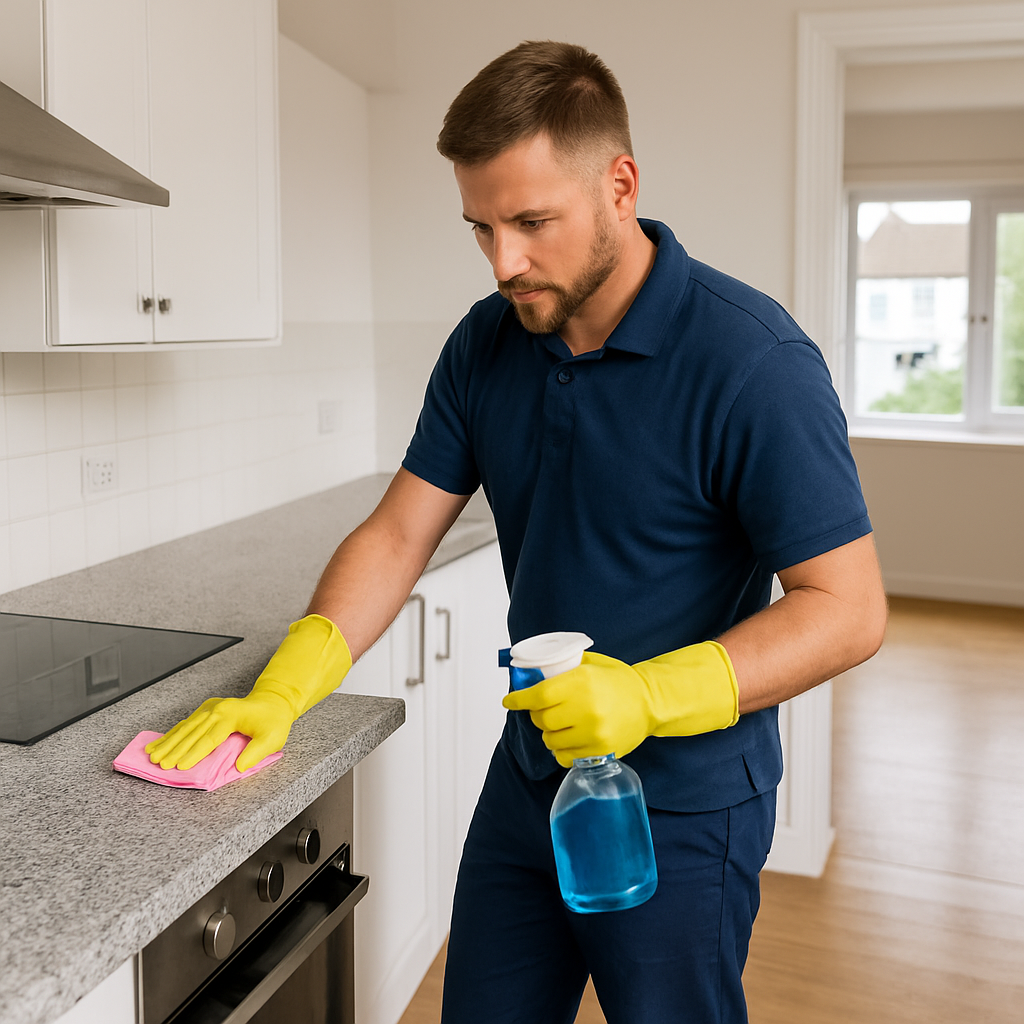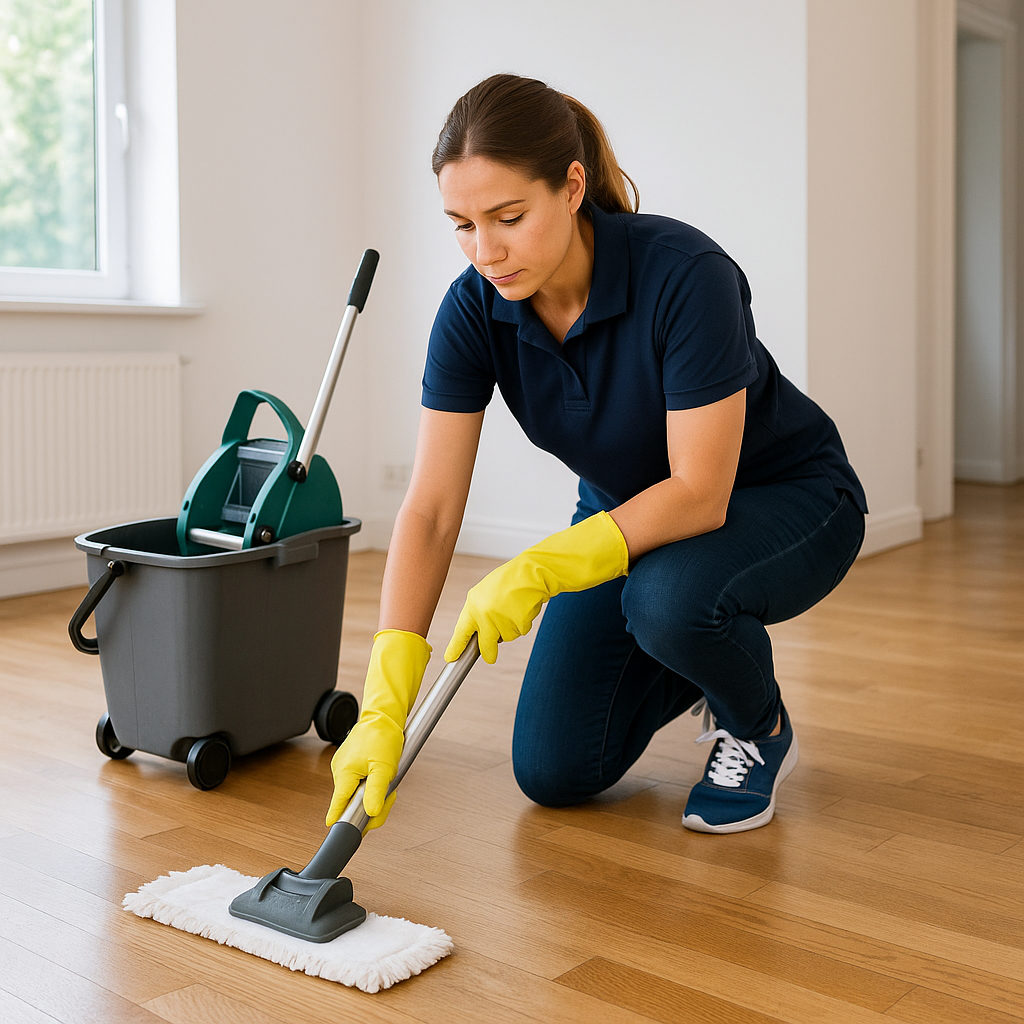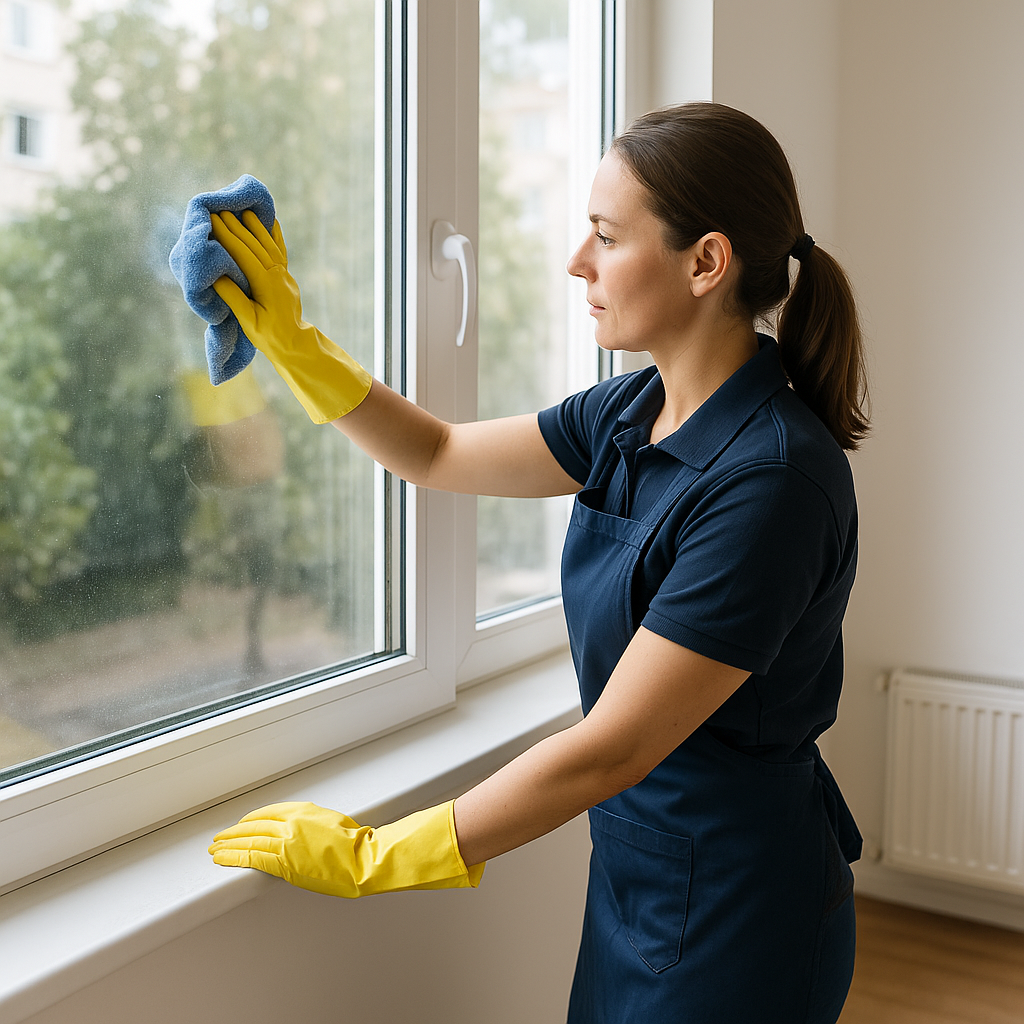
In today’s rental market, end-of-tenancy cleaning is no longer just a courteous gesture — it’s a necessity. Whether you’re a tenant preparing to move out or a landlord preparing for new occupants, cleanliness plays a crucial role in the rental transition process. With stricter expectations from landlords and letting agencies, leaving a property in immaculate condition has become the standard. It’s not just about presentation; it’s about preserving property value, avoiding conflict, and maintaining trust on both sides of the tenancy.
What Is End of Tenancy Cleaning?
End-of-tenancy cleaning refers to a deep, thorough clean of a rental property before the tenant hands over the keys. It goes far beyond everyday chores. This type of cleaning is more intensive than standard home maintenance—it involves scrubbing behind appliances, descaling bathroom fixtures, deep-cleaning carpets, polishing surfaces, and sanitizing every corner. The goal is to restore the property to a condition that’s as close as possible to when the tenant first moved in.
Is It a Tenant’s Responsibility?
In most tenancy agreements, there’s a clause that clearly outlines the tenant’s obligation to return the property in a clean and well-maintained state. While laws may vary by region, it’s generally accepted that tenants must leave the home in the same condition it was in at the start of the lease, minus fair wear and tear. Failing to meet this expectation can result in deductions from the security deposit. That’s why many tenants opt for professional services—to fulfill this requirement and safeguard their finances.
Protecting Your Deposit: Clean Property, Full Refund
One of the most common reasons tenants lose part of their deposit is inadequate cleaning. Landlords and letting agents conduct detailed check-out inspections, and any missed grime, stains, or buildup can lead to charges. A professional end-of-tenancy clean significantly boosts the chances of getting your full deposit back. Clean ovens, spotless bathrooms, gleaming floors, and dust-free furniture send a clear message: this property was cared for. That attention to detail pays off—literally.
Enhancing Property Appeal for the Next Tenant
First impressions matter, especially in real estate. A clean, fresh-smelling property is far more appealing to prospective tenants. Dirty carpets, smudged windows, or a grimy kitchen can instantly turn people away. On the other hand, a spotless home feels inviting, well-maintained, and worth the asking rent. End-of-tenancy cleaning doesn’t just benefit the outgoing tenant—it creates a polished environment that attracts responsible renters quickly, minimizing the vacancy period.
Saving Time and Stress During a Busy Move
Moving out is exhausting. Between packing boxes, coordinating logistics, and managing life changes, the last thing anyone wants is to spend hours scrubbing floors and tiles. Hiring a professional cleaning team eliminates this added pressure. They bring the tools, expertise, and efficiency to complete the job swiftly and thoroughly. It allows tenants to focus on the move itself, knowing the cleaning is being handled to a high standard.
Hygiene and Health: A Sanitary Space for the Next Occupant
A professionally cleaned home isn’t just visually appealing—it’s hygienically safe. Over time, dust mites, allergens, and bacteria accumulate in carpets, curtains, and upholstery. Bathrooms and kitchens, in particular, can harbor mold, limescale, and hidden germs. A deep clean ensures all of this is addressed, making the property healthier for the next tenant. Especially in the post-pandemic world, hygiene has become a top priority for both renters and landlords.
Avoiding Cleaning Disputes with Landlords or Agents
One of the most frustrating post-tenancy issues is a disagreement over cleanliness. Disputes can delay deposit returns, sour relationships, or even escalate to legal challenges. Professional cleaning services provide itemized checklists and receipts as proof of service. These documents act as strong evidence in the event of a dispute, giving tenants peace of mind and making it difficult for landlords to raise objections without clear cause.
Landlord Benefits: Minimising Turnaround Time Between Tenants
For landlords, time is money. Every day a property sits empty is a missed opportunity for income. A professionally cleaned home speeds up the re-letting process. There’s no need to schedule additional cleaning or repairs due to cleanliness issues—new tenants can move in almost immediately. It also enhances the property’s image, supporting higher rental value and attracting top-tier tenants who appreciate a well-maintained space.
Peace of Mind: Knowing It’s Done Right
There’s a certain comfort in knowing that nothing was overlooked. Professional cleaners follow detailed protocols and checklists, ensuring that no corner is left untouched. Whether you’re a tenant worried about your deposit or a landlord preparing a property for viewing, end-of-tenancy cleaning offers complete assurance that the space is in its best possible condition. It removes uncertainty and ensures a smooth, stress-free transition.
A Win-Win for Everyone Involved
End of tenancy cleaning offers undeniable benefits for everyone. Tenants secure their deposits and leave a good impression. Landlords get a property that’s ready to show and easy to re-rent—letting agents appreciate the hassle-free turnover and satisfied clients. It’s a small investment that creates trust, saves time, and upholds high standards in the rental market.


